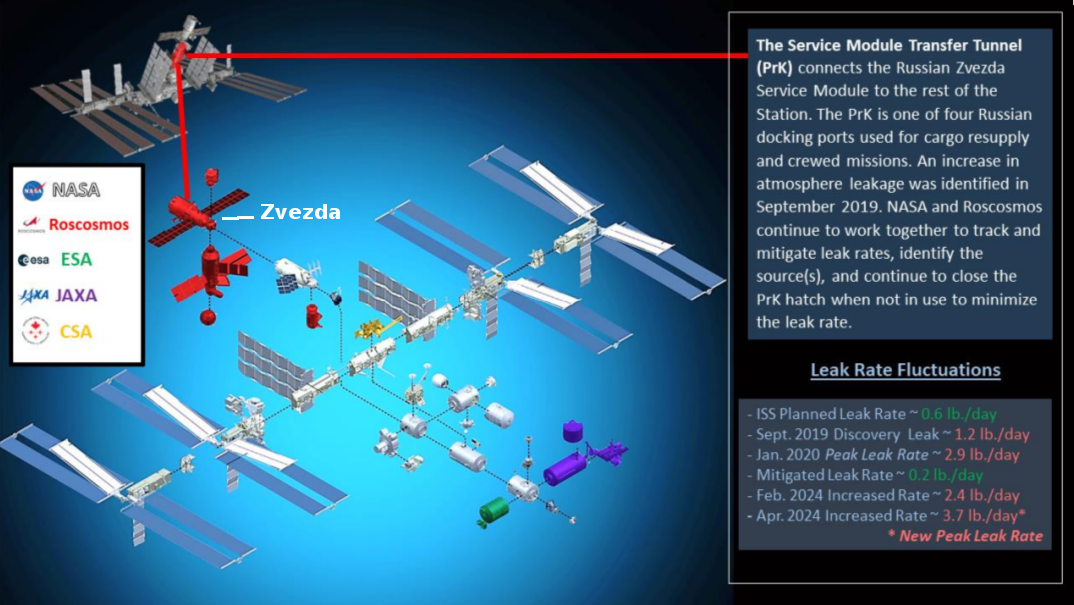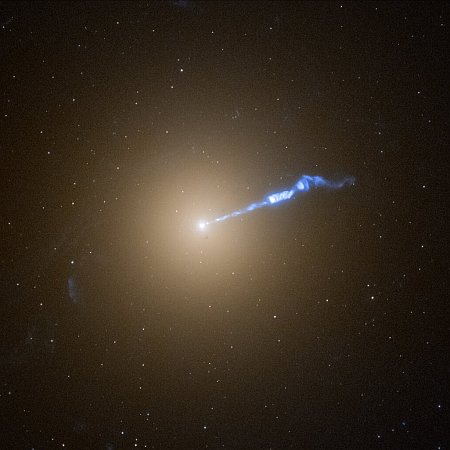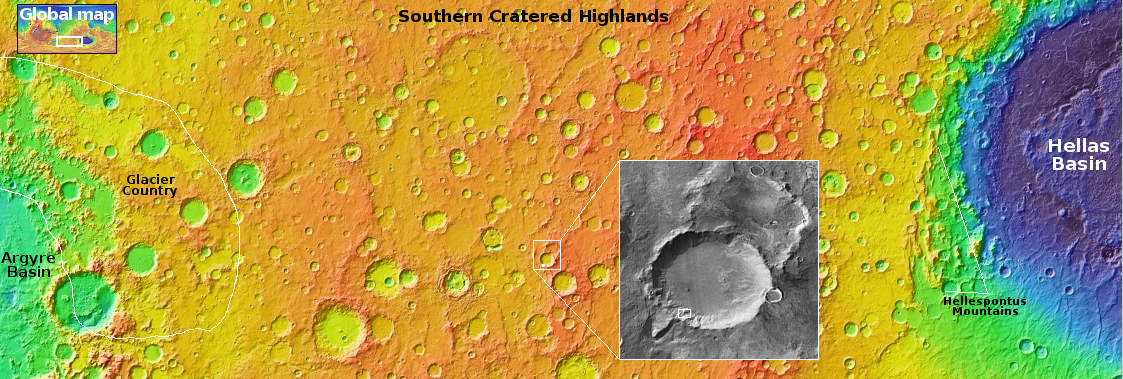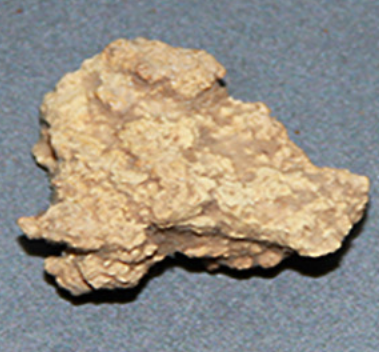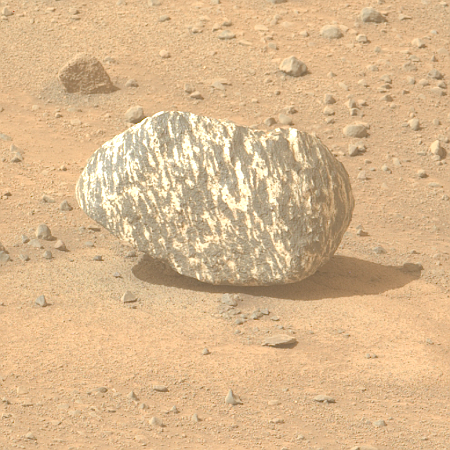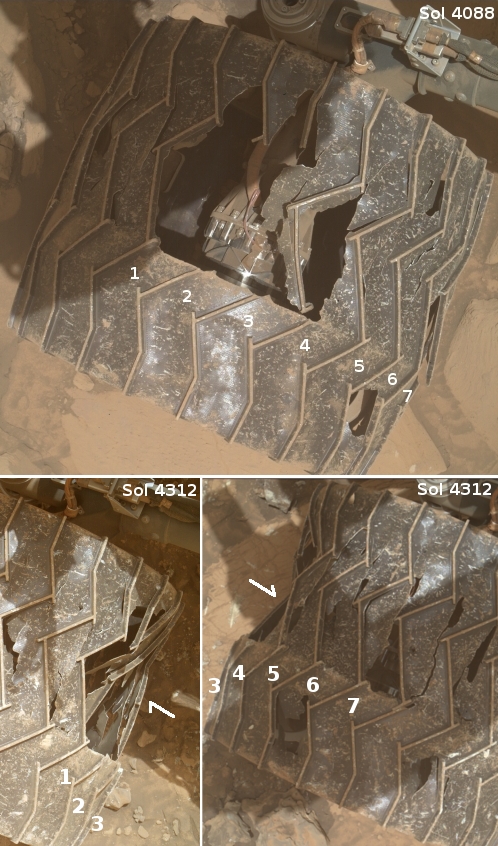September 26, 2024 Quick space links
Courtesy of BtB’s stringer Jay. This post is also an open thread. I welcome my readers to post any comments or additional links relating to any space issues, even if unrelated to the links below.
- Stoke Space touts the water deluge system for its new engine test stand
If I were them, I wouldn’t broadcast this as it increases the chances that the thugs at the EPA will move in to shut it down.
- Rocket startup Maiaspace wins lease to take over old Soyuz launchpad in French Guiana
The startup is owned entirely by ArianeGroup, builder of the Ariane-6 rocket, and is attempting to build a smaller reusuable rocket.
- Total debris from breakup of Chinese upper stage Long March 6 rocket in August now totals 538 objects
Tracking detected an additional 149.
Courtesy of BtB’s stringer Jay. This post is also an open thread. I welcome my readers to post any comments or additional links relating to any space issues, even if unrelated to the links below.
- Stoke Space touts the water deluge system for its new engine test stand
If I were them, I wouldn’t broadcast this as it increases the chances that the thugs at the EPA will move in to shut it down.
- Rocket startup Maiaspace wins lease to take over old Soyuz launchpad in French Guiana
The startup is owned entirely by ArianeGroup, builder of the Ariane-6 rocket, and is attempting to build a smaller reusuable rocket.
- Total debris from breakup of Chinese upper stage Long March 6 rocket in August now totals 538 objects
Tracking detected an additional 149.


